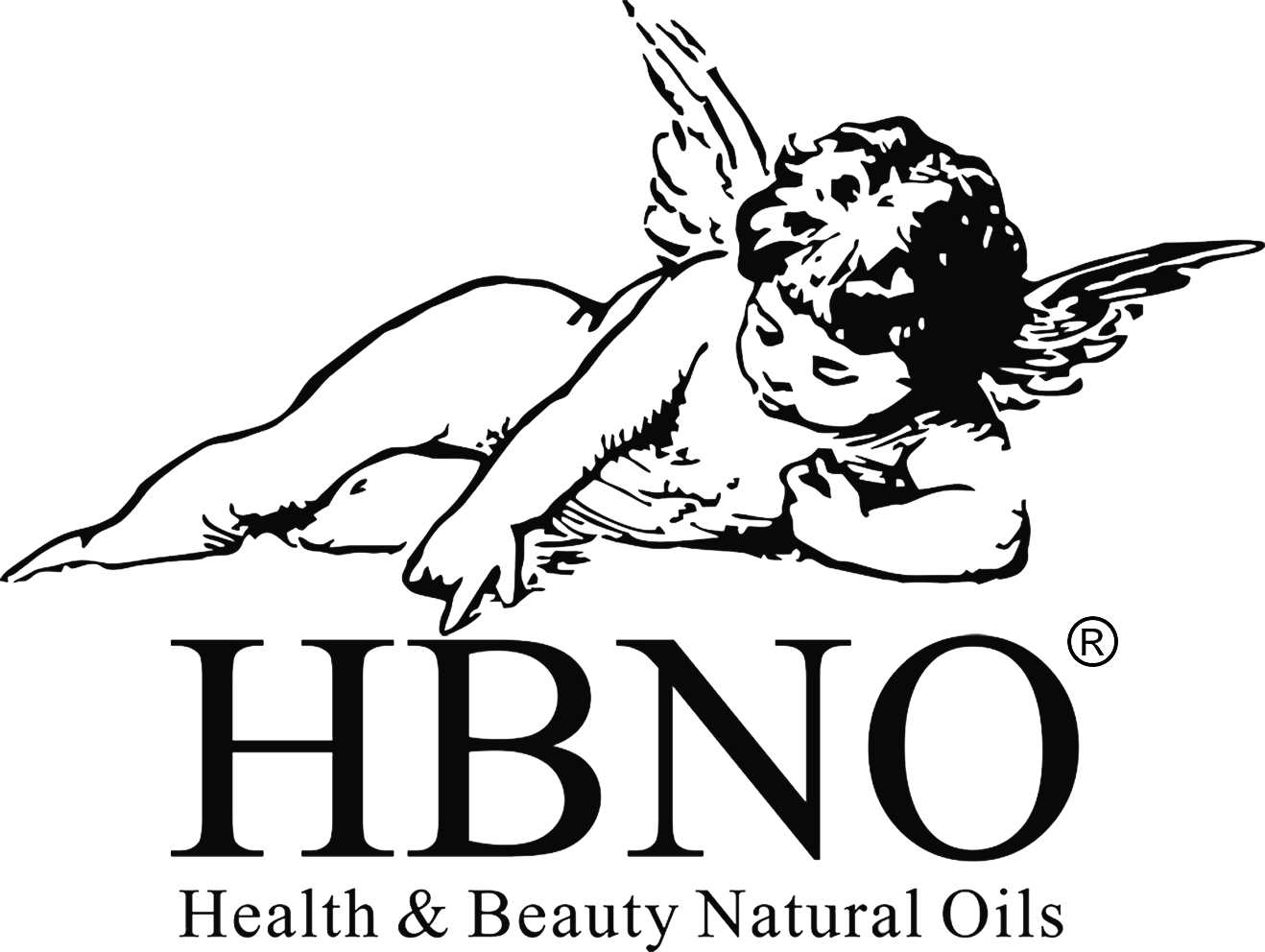For centuries, essential oils have been trusted as valuable resources for the health as well as beauty sector. Owing to their beneficial properties, essential oils like Lemongrass Oil gave been used in manufacturing food items, making perfumes, cleaning products, to insecticides and herbicides. Furthermore, organic essential oils prove to be highly potent for effective aromatherapy. The volatile aromatic compounds of oils are the best alternative medicines that have therapeutic effects.
Increasing Demand of Lemongrass oil in Agriculture across the World
The demand for essential oils is increasing globally in the agriculture sector, due to the heightened awareness about the harmful synthetic additives present in chemical-based insecticides and pesticides. Many bioactivity studies have proven that lemongrass oil possesses antifungal, antimicrobial, antibacterial and insect-repellent properties which make it a natural yet highly effective deterrent for pests and insects in the agro-farming sector. The most popular use of lemongrass essential oil is preventing insect and pest infestation in warehoused food crops such as maize, etc.
What is the Scientific Composition of Lemongrass Oil?
Lemongrass is also scientifically known as Cymbopogon Citratus. This herb is a part of Poaceae Grass family and is widely recognized for its distinctive citrusy aroma and lemony flavor. The grass of this herb is tall and perennial. This is mainly cultivated in India and many tropical regions across Asia.
The Cymbopogon genre includes 55 types of grasses, from which two are classified as Lemongrass.
• Cymbopogon Citratus (West Indian Lemongrass): popularly used for culinary purpose.
• Cymobopogon Flexuosus (East Indian lemongrass): used in various manufacturing units, especially as fragrances because it yields some amount of myrcene.
Lemongrass oil is a precise blend of the following compounds:
Geraniol, limonene, myrcene, farnesol, geranyl acetate, methyl heptanone, neral, nerol, dipentene, citral, citronellal, and terpineol.
How is the Composition of Lemongrass Oil Useful for Protecting Crops and Plants?
Substances constituting lemongrass are laden with antiseptic, counterirritant, antifungal and insecticidal properties. Let us have a look at how the composition of lemongrass oil can prove to be effective for protecting crops and plants:
• Geraniol: Used as a botanical fungicide. The phytopathogenic fungi harm the plants, so for many years synthetic fungicides have been used to control several plant-related diseases. But, these synthetic fungicides are not safe for nature that causes pollution and spread toxicity in the atmosphere. Thus, many researchers suggested the use of plant-derived antifungal metabolites known as the botanical fungicide.
• Citral: It has an effective anti-microbial property which helps to suppress or kill bacterial and fungal growth. Lemongrass oil contains rich quantities of citral in it.
• Acetate: This is the most active ingredient present in lemongrass essential oil. It is referred as Bio-pesticide which is used as an attractant for yellow jackets in traps.
• Limonene: As per the latest studies, limonene is highly effective for controlling insects, mites, microorganisms and mealy bugs.
• Terpineol: This has an anti-bacterial property that can be used an insect attractant especially for female Mediterranean sand flies.
Other Uses & Benefits
Along with culinary usages, the essential oil of lemongrass offers potential health and medicinal benefits and can be used to treat acne, muscle aches, excessive perspiration and much more! Lemongrass essential oil is a hydrophobic liquid concentration that consists of volatile aroma components from plant or shrubs. Therefore, they are also well-known as ethereal oils, or volatile oils.
Purchase Genuine Lemongrass Essential Oil
Much of the quality of Lemongrass Essential Oil depends on upon its extraction process. An effective extraction process in terms of quality, eco-friendliness and cost-efficacy can satisfy the demand for premium lemongrass oil. You can also do some testing for is purity by simply putting a drop on a piece of thick paper. If the oil vaporizes swiftly and leaves a ring mark on paper that means oil is pure. Otherwise, if there is no noticeable ring then it means manufacturer diluted the oil.
HBNO – a California-based company provides fresh, pure and USDA organic essential oils. We use high standard and organic production method to extract the essence from plants and trees.

